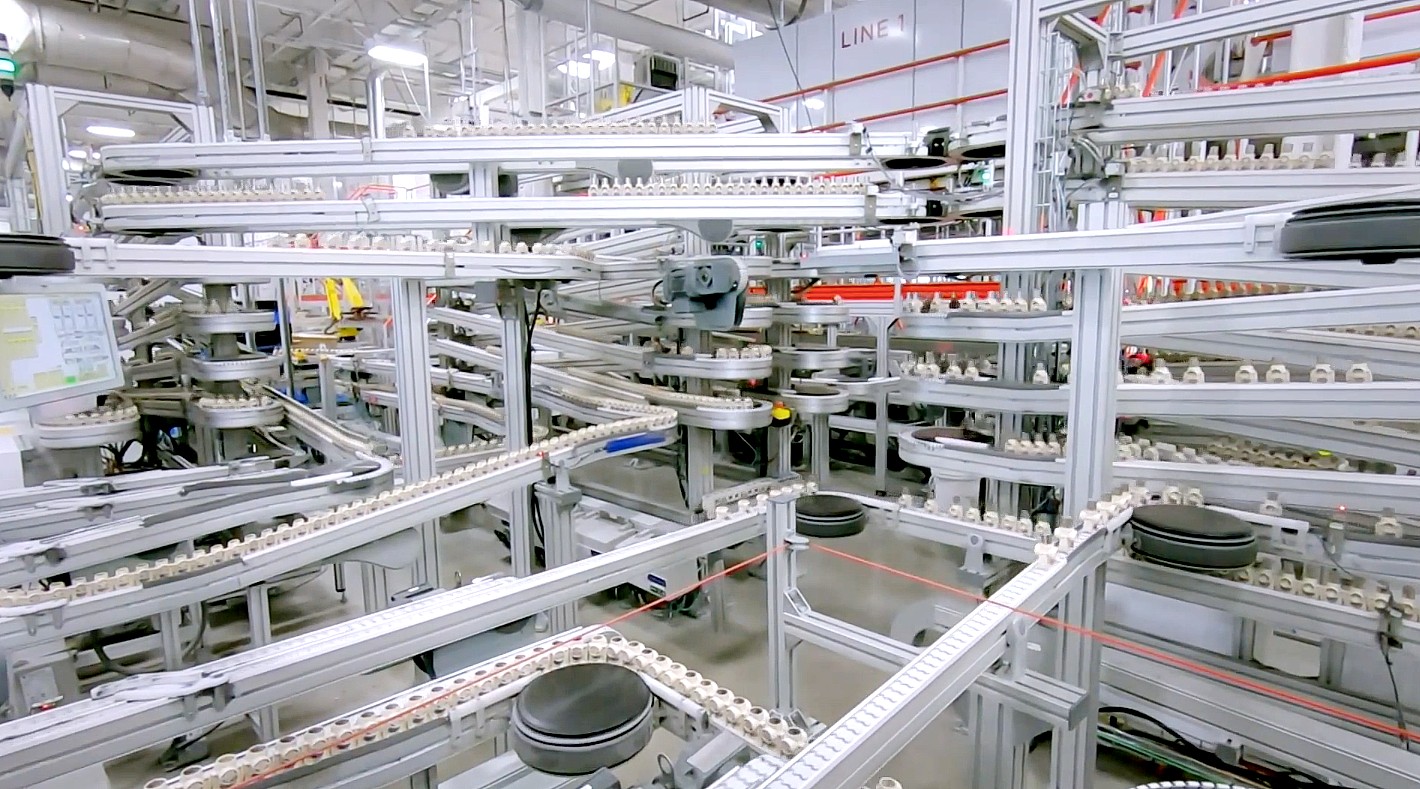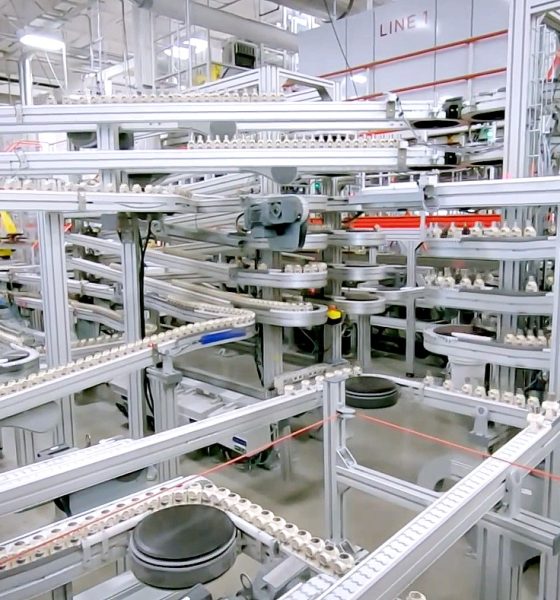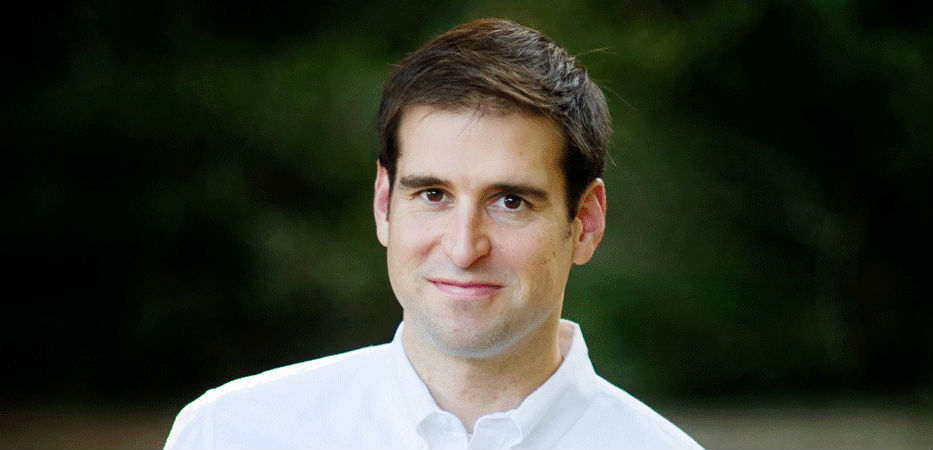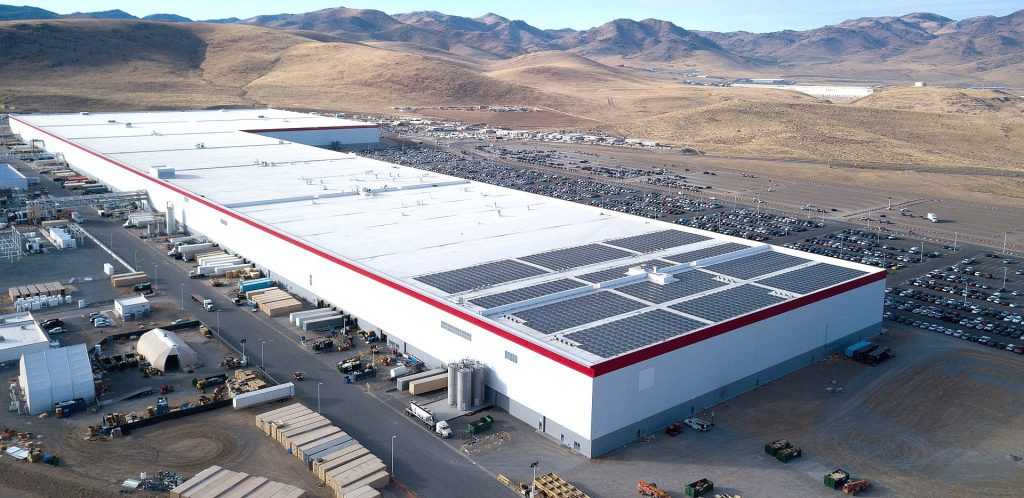

Energy
Tesla’s battery genius may hold the key to a closed-loop recycling endgame
Last year, a proverbial bomb dropped on Tesla after CTO and co-founder JB Straubel announced that he was transitioning into an advisor role and stepping away from his day-to-day duties in the company. While Straubel assured investors that he was not “disappearing” from Tesla in his final earnings call, he did stay notably under the radar following his departure. But as the date for the electric car maker’s Battery Day draws closer, it appears that some pieces are slowly falling into place suggesting that JB Straubel’s company, Redwood Materials, and Tesla, may be coming together at a key junction.
To state that JB Straubel was the backbone of Tesla’s industry-leading battery tech is no understatement. Much of the company’s breakthroughs in its battery-related efforts, such as the construction of Gigafactory Nevada, would not have been possible without Straubel’s genius. In fact, so notable were his contributions to Tesla’s battery tech in the company’s early days that he was eventually considered as a co-founder of the electric car maker.
But even during his last years at Tesla, Straubel has remarked that one key aspect remains missing from the EV transition — closed-loop battery recycling. Battery electric vehicles are great in the way that they are zero-emissions, after all, but disposing of their batteries at their end-of-life presents notable challenges under closed-loop recycling is developed. “Ultimately what we want is a closed-loop, right, at the Gigafactories that reuses the same, recycled materials,” he remarked at Tesla’s 2018 Annual Shareholders Meeting.

Prior to his departure from his day-to-day duties at Tesla, reports emerged stating that Straubel had founded a stealthy battery recycling startup called Redwood Materials. Interestingly enough, Redwood centered its operations in Nevada, the same state that hosts Tesla’s biggest battery facility to date, Gigafactory 1. When reports about Redwood initially emerged in 2018, however, Straubel was quick to note that his recycling startup’s operations are “unrelated to Tesla or to the Gigafactory directly.”
A recent report from The Wall Street Journal has now revealed some notable details that may explain some aspects of Straubel’s statement back in 2018. According to the publication, Redwood has already convinced Panasonic, Tesla’s battery partner at Gigafactory Nevada, to utilize Redwood’s technology to reclaim scrap from its operations in the facility. Panasonic reportedly started with a trial run that involved Redwood reclaiming more than 400 pounds of scrap from its Giga Nevada operations. The Japanese firm appears to have been satisfied with Redwood’s results in the trial run, as Panasonic reportedly upped its contract with the startup to 2 tons not long after.
Today, the Journal stated that all of the scrap coming from Panasonic’s side of Gigafactory Nevada’s battery production activities are being shipped to Redwood Materials for recycling. In a way, Redwood’s partnership with Panasonic seems to fit Straubel’s statement back in 2018, when he noted that his startup has no direct relation to Tesla’s operations. That being said, it is evident that Redwood’s tech is a notable step forward towards JB Straubel’s vision of a closed-loop battery recycling system.

Straubel’s plans for Redwood are ambitious, as he is looking to develop a recycling process that is so efficient that batteries coming from retired electric vehicles and energy storage units could be quickly stripped down, recycled for their core materials, and used to rebuild new batteries. With such a system in place, a closed-loop is created, and hardly any materials are lost. It’s a lofty goal, but it does hint at Straubel’s understated determination that made him such a powerful background force in Tesla.
Interestingly enough, Tesla’s new Impact Report specifically includes a section about closed-loop battery recycling. According to the electric car maker, such a setup at Gigafactory Nevada “presents a compelling solution to move energy supply away from the fossil-fuel based practice of take, make and burn, to a more circular model of recycling end-of-life batteries for reuse over and over again. From an economic perspective, we expect to recognize significant savings over the long term, as the costs associated with large-scale battery material recovery and recycling will be far lower than purchasing and transporting new materials.”
It remains to be seen if JB Straubel’s Redwood Materials and Tesla are indeed working together to recycle batteries from Gigafactory 1 and perhaps even the electric car maker’s own Roadrunner program, but despite the lack of confirmation for now, one thing is certain. One of the brightest minds in Tesla, who is arguably the genius behind the company’s battery tech and initiatives, has started a thriving company that fills in the crucial gap of battery recycling. And with such a key innovation at its doorstep, it appears out of character for Tesla to simply ignore the opportunities presented by Redwood Materials and its battery recycling technologies.

Cybertruck
Tesla updates Cybertruck owners about key Powershare feature

Tesla is updating Cybertruck owners on its timeline of a massive feature that has yet to ship: Powershare with Powerwall.
Powershare is a bidirectional charging feature exclusive to Cybertruck, which allows the vehicle’s battery to act as a portable power source for homes, appliances, tools, other EVs, and more. It was announced in late 2023 as part of Tesla’s push into vehicle-to-everything energy sharing, and acting as a giant portable charger is the main advantage, as it can provide backup power during outages.
Cybertruck’s Powershare system supports both vehicle-to-load (V2L) and vehicle-to-home (V2H), making it flexible and well-rounded for a variety of applications.
However, even though the feature was promised with Cybertruck, it has yet to be shipped to vehicles. Tesla communicated with owners through email recently regarding Powershare with Powerwall, which essentially has the pickup act as an extended battery.
Powerwall discharge would be prioritized before tapping into the truck’s larger pack.
However, Tesla is still working on getting the feature out to owners, an email said:
“We’re writing to let you know that the Powershare with Powerwall feature is still in development and is now scheduled for release in mid-2026.
This new release date gives us additional time to design and test this feature, ensuring its ability to communicate and optimize energy sharing between your vehicle and many configurations and generations of Powerwall. We are also using this time to develop additional Powershare features that will help us continue to accelerate the world’s transition to sustainable energy.”
Owners have expressed some real disappointment in Tesla’s continuous delays in releasing the feature, as it was expected to be released by late 2024, but now has been pushed back several times to mid-2026, according to the email.
Foundation Series Cybertruck buyers paid extra, expecting the feature to be rolled out with their vehicle upon pickup.
Cybertruck’s Lead Engineer, Wes Morrill, even commented on the holdup:
As a Cybertruck owner who also has Powerwall, I empathize with the disappointed comments.
To their credit, the team has delivered powershare functionality to Cybertruck customers who otherwise have no backup with development of the powershare gateway. As well as those with solar…
— Wes (@wmorrill3) December 12, 2025
He said that “it turned out to be much harder than anticipated to make powershare work seamlessly with existing Powerwalls through existing wall connectors. Two grid-forming devices need to negotiate who will form and who will follow, depending on the state of charge of each, and they need to do this without a network and through multiple generations of hardware, and test and validate this process through rigorous certifications to ensure grid safety.”
It’s nice to see the transparency, but it is justified for some Cybertruck owners to feel like they’ve been bait-and-switched.
Energy
Tesla starts hiring efforts for Texas Megafactory
Tesla’s Brookshire site is expected to produce 10,000 Megapacks annually, equal to 40 gigawatt hours of energy storage.

Tesla has officially begun hiring for its new $200 million Megafactory in Brookshire, Texas, a manufacturing hub expected to employ 1,500 people by 2028. The facility, which will build Tesla’s grid-scale Megapack batteries, is part of the company’s growing energy storage footprint.
Tesla’s hiring efforts for the Texas Megafactory are hinted at by the job openings currently active on the company’s Careers website.
Tesla’s Texas Megafactory
Tesla’s Brookshire site is expected to produce 10,000 Megapacks annually, equal to 40 gigawatt hours of energy storage, similar to the Lathrop Megafactory in California. Tesla’s Careers website currently lists over 30 job openings for the site, from engineers, welders, and project managers. Each of the openings is listed for Brookshire, Texas.
The company has leased two buildings in Empire West Business Park, with over $194 million in combined property and equipment investment. Tesla’s agreement with Waller County includes a 60% property tax abatement, contingent on meeting employment benchmarks: 375 jobs by 2026, 750 by 2027, and 1,500 by 2028, as noted in a report from the Houston Business Journal. Tesla is required to employ at least 1,500 workers in the facility through the rest of the 10-year abatement period.
Tesla’s clean energy boom
City officials have stated that Tesla’s arrival marks a turning point for the Texas city, as it highlights a shift from logistics to advanced clean energy manufacturing. Ramiro Bautista from Brookshire’s economic development office, highlighted this in a comment to the Journal.
“(Tesla) has great-paying jobs. Not just that, but the advanced manufacturing (and) clean energy is coming to the area,” he said. “So it’s not just your normal logistics manufacturing. This is advanced manufacturing coming to this area, and this brings a different type of job and investment into the local economy.”
Energy
Tesla and Samsung SDI in talks over new US battery storage deal: report
The update was related by industry sources and initially reported by South Korean news outlets.

Recent reports have suggested that Tesla and Samsung SDI are in talks over a potential partnership to supply batteries for large-scale energy storage systems (ESS).
The update was related by industry sources and initially reported by South Korean news outlets.
ESS batteries to be built at Samsung’s Indiana plant
As noted in a report from Korea JoongAng Daily, the demand for energy storage systems has been growing rapidly in North America, thanks in no small part to the surge in AI investments across numerous companies. With this in mind, Tesla has reportedly approached Samsung SDI about a potential battery supply deal.
The deal is reportedly worth over 3 trillion Korean won (approximately $2.11 billion) and will span three years, according to The Korea Global Economic Daily. A battery supply deal with Samsung SDI could make sense for Tesla as the company already has a grid-scale battery, the Megapack, which is perfect for industrial use. Samsung SDI could simply supply cells for the EV maker.
Production of the batteries would reportedly take place at Samsung SDI’s joint venture factory with Stellantis in Indiana, which is currently under construction. Samsung SDI recently announced plans to use part of that plant’s EV lines to produce cells for ESS, with a targeted capacity of 30 GWh by the end of next year.
Tesla and Samsung’s partnership
At present, only a handful of manufacturers, including Korea’s LG Energy Solution, Samsung SDI, SK On, and Japan’s Panasonic, are capable of producing energy storage-scale batteries domestically in the United States. A Samsung SDI official issued a comment about the matter, stating, “Nothing has been finalized regarding cooperation with Tesla.”
The possible energy storage system deal adds another layer to Tesla’s growing collaboration with Samsung, which is already in line as a partner in the upcoming production of Tesla’s AI5 and AI6 chips. Early sample manufacturing of the AI6 is expected to begin in South Korea, with mass production slated for Samsung’s Texas-based Taylor foundry when it starts operations.
The AI6 chip will power Tesla’s next wave of high-volume projects, including the Optimus humanoid robot and the autonomous Cybercab service. Musk has called the partnership with Samsung a “real collaboration,” adding that he personally plans to “walk the line” at the Taylor facility to speed up progress.








